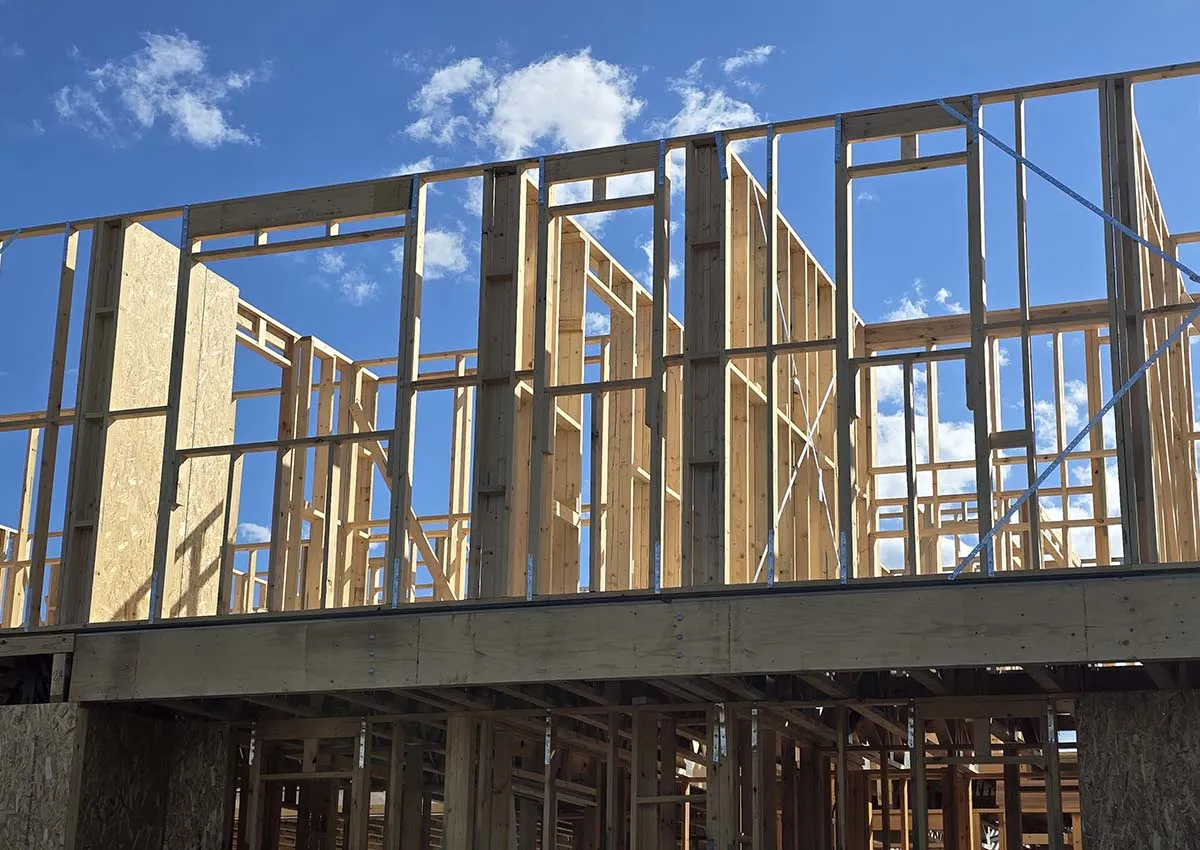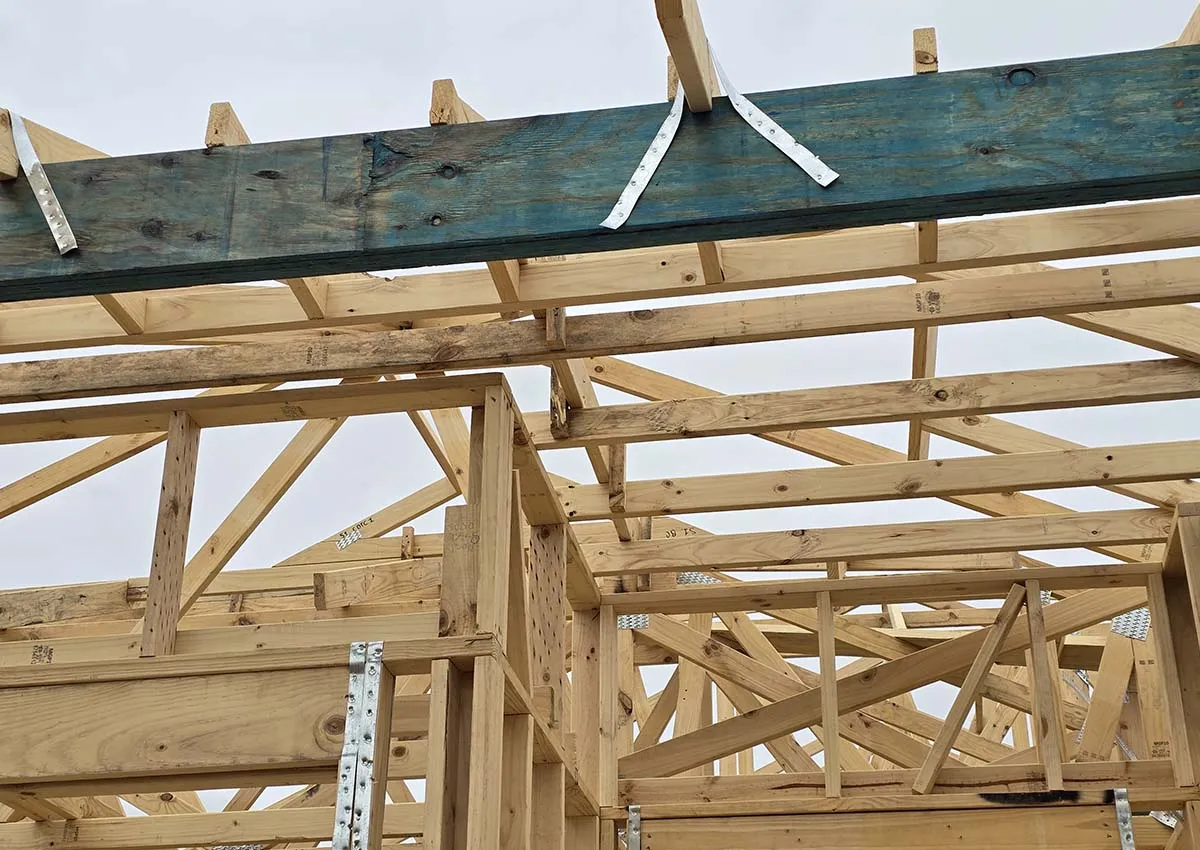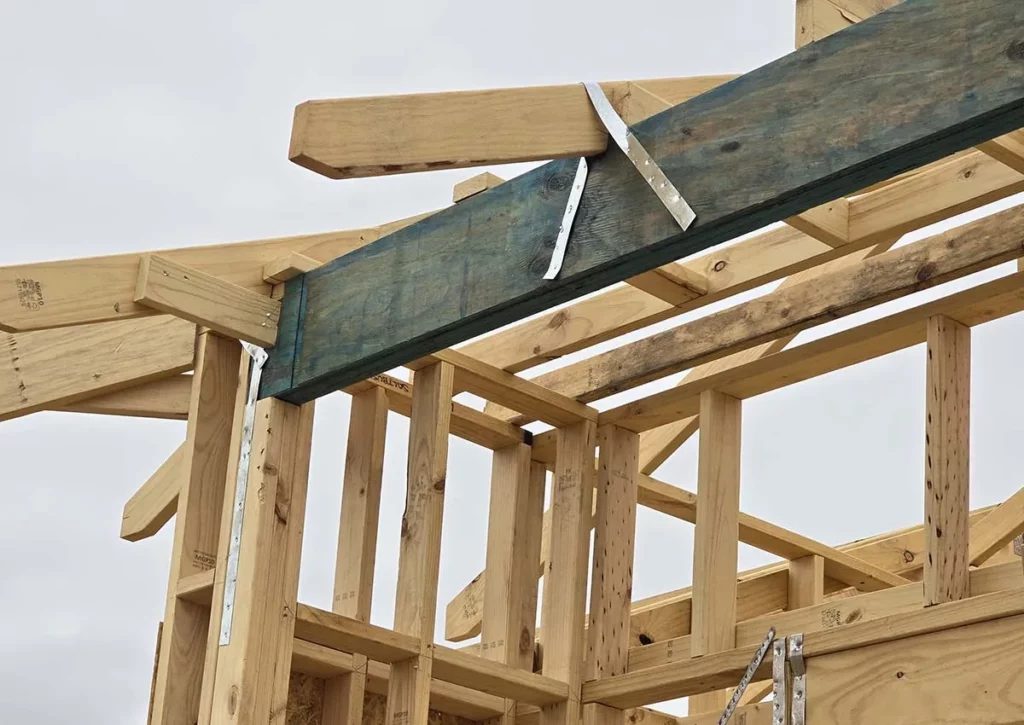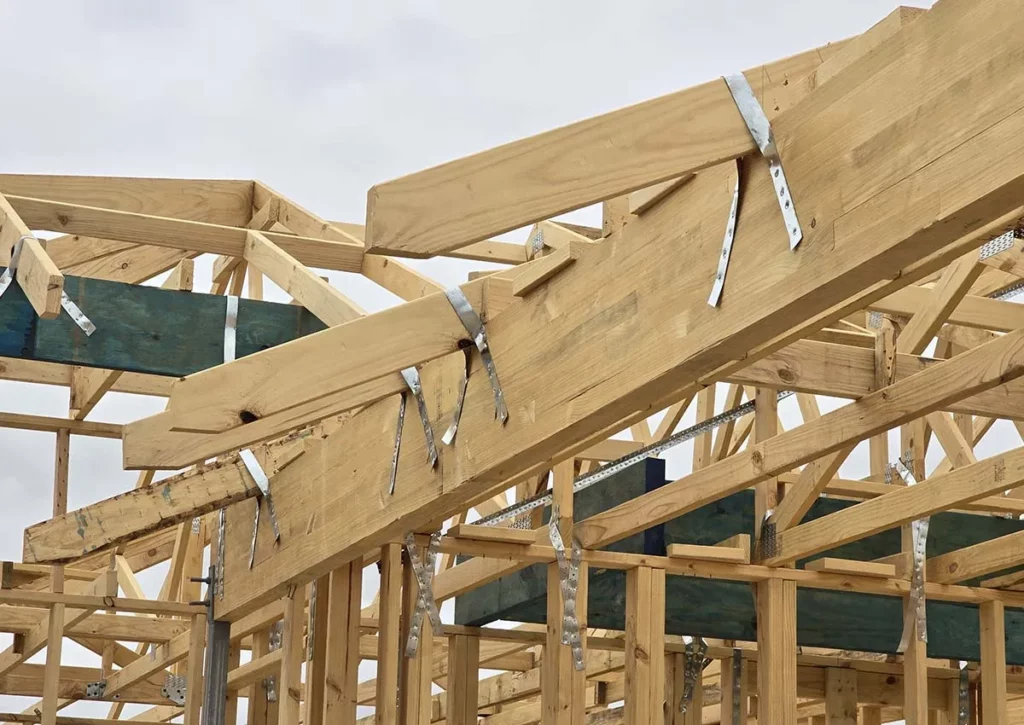Understanding LVL Formwork Timber
Laminated Veneer Lumber (LVL) is an engineered wood product that uses multiple layers of thin wood veneers, which are bonded together with adhesive. This construction method not only enhances the strength and stability of the wood but also minimizes defects that are common in traditional timber. LVL is particularly popular in formwork applications due to its durability and versatility.
The Basics of LVL Formwork Timber
LVL formwork timber plays an integral role in construction, especially within concrete structures. It is used to create molds for pouring concrete, ensuring that the shape and design of the final product are accurately maintained. The adaptability of LVL allows it to be shaped into various forms, making it a favorite among architects and engineers for different projects.
In conclusion, understanding LVL formwork timber prices involves various factors including material quality, market dynamics, and emerging trends. By staying informed and strategically approaching purchasing decisions, buyers can optimize their investments in this crucial building material.
In addition, LVL’s manufacturing process allows it to be produced to specific dimensions and strength levels, reducing waste and ensuring uniformity in construction projects. This predictability helps builders save time and costs, providing a competitive edge in the market. The precision in size and quality also means that LVL can be easily integrated into existing construction methods, allowing for seamless transitions between different materials and techniques.
The Benefits of Using LVL Formwork Timber
One of the primary advantages of LVL formwork timber is its high strength-to-weight ratio. It is lighter than solid timber and can support heavy loads, which makes it easier to handle and transport on site. As a result, construction teams can complete their work more efficiently.
Moreover, LVL is resistant to warping, splitting, and twisting, which means it maintains its integrity across various weather conditions. This reliability makes LVL a preferred choice for projects that require consistency and resilience. Additionally, its resistance to moisture absorption helps prevent the common issues associated with traditional timber, such as swelling or rotting, which can compromise the structural integrity of the formwork over time.
Furthermore, the environmental benefits of LVL cannot be overlooked. Made from sustainably sourced wood, LVL contributes to more eco-friendly building practices. The efficient use of raw materials in its production means that less wood is wasted compared to solid timber, making it a more sustainable option for modern construction. This aspect is increasingly important as the industry moves towards greener practices and seeks to minimize its carbon footprint.
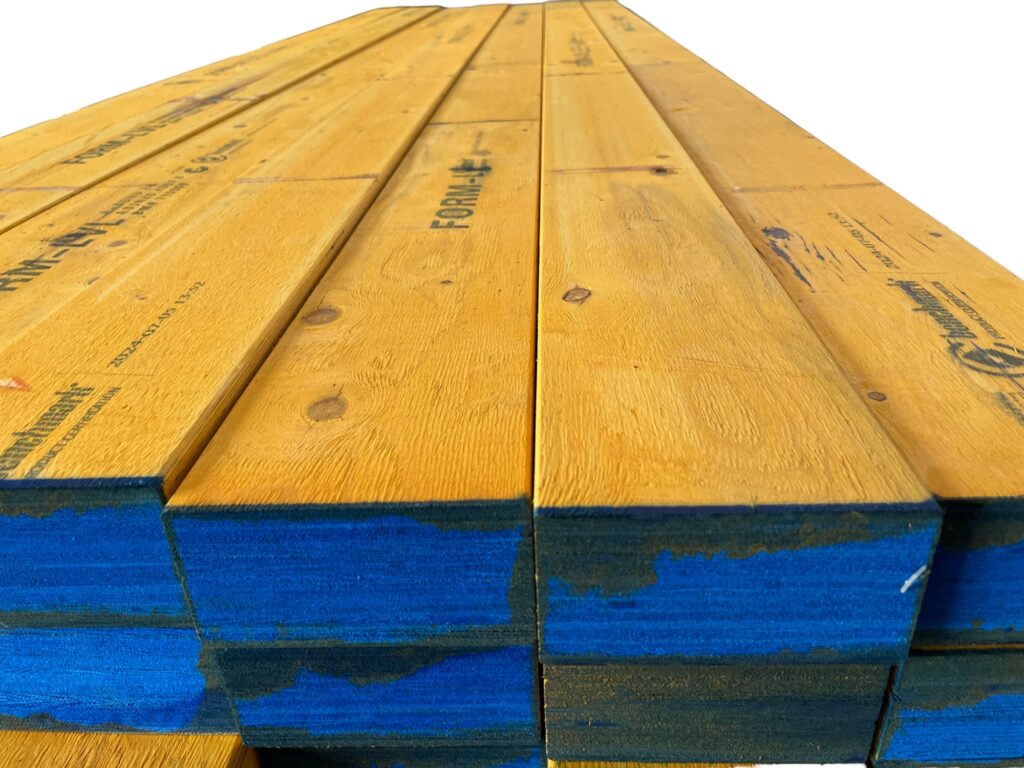
Factors Influencing LVL Formwork Timber Prices
The cost of LVL formwork timber can vary significantly based on several factors. Understanding these influences can help consumers make informed purchasing decisions and budget effectively for their projects.
Material Quality and Price
The quality of the wood used in LVL production is a major determinant of price. Higher-quality materials are sourced from sustainably managed forests and are treated to enhance durability, leading to a higher price point. Conversely, lower-quality LVL may be less expensive but could also lead to increased costs over time due to potential failures or maintenance issues.
In addition to the inherent properties of the wood, the manufacturing process also plays a significant role in determining material quality. Advanced technologies and stringent quality control measures can elevate the performance characteristics of LVL, such as its strength-to-weight ratio and resistance to warping. As a result, investing in higher-quality LVL not only ensures better performance during construction but can also lead to long-term savings by minimizing the need for repairs or replacements.
Market Demand and Supply
Market dynamics also play a crucial role in LVL timber pricing. During construction booms, when demand for building materials rises sharply, prices tend to increase. Conversely, in times of economic downturn, there may be an excess supply, causing prices to drop.
As construction trends evolve, suppliers may adjust their production and inventory levels, further influencing market prices. Staying informed about industry trends can provide insight into potential pricing fluctuations. For instance, the rise of green building practices has led to an increased demand for sustainable materials, including LVL, which can drive prices higher. Additionally, global events, such as trade tariffs or natural disasters, can disrupt supply chains and further complicate the market landscape. Read more about fluctuations on https://www.worldscientific.com/worldscinet/fnl?srsltid=AfmBOoqe9EP_fTfWH-CsMe7Pn4NwSi4m8D1ytBi5gK-EDnVEjP0ng_rs
Environmental Regulations Impact
Environmental considerations are increasingly impacting pricing structures across various industries. In the timber market, regulations aimed at promoting sustainable sourcing and reducing deforestation can lead to higher costs for compliance.
As builders and manufacturers strive to meet these standards, the costs associated could be reflected in the price of LVL formwork timber. Therefore, it is essential to consider both environmental practices and regulations when analyzing timber prices. Furthermore, the growing consumer preference for eco-friendly products is pushing manufacturers to adopt more sustainable practices, which, while potentially increasing costs, can also enhance brand reputation and marketability. This shift towards sustainability not only influences pricing but also encourages innovation in production methods, leading to the development of new, environmentally friendly LVL products that cater to the evolving demands of the construction industry.
How to Determine the Value of LVL Formwork Timber
When purchasing LVL formwork timber, it is crucial to understand how to evaluate its true value beyond just the price tag. Several metrics and assessment methods can guide buyers effectively.
Assessing Timber Quality
Evaluating the quality of LVL involves examining various characteristics such as appearance, strength, and durability. A thorough inspection should look for defects, inconsistencies, and the smoothness of the surface finish. Certifications from recognized organizations can also serve as assurance of quality.
Moreover, obtaining lab test results on the physical properties of the LVL can provide additional insights. These numbers can help buyers understand the performance expectations of the timber in specific applications. For instance, understanding the modulus of elasticity and bending strength can significantly influence decisions, especially when the timber will be subjected to heavy loads or extreme conditions. Furthermore, it is beneficial to inquire about the environmental impact of the timber sourcing, as sustainably harvested LVL not only supports responsible forestry practices but can also enhance the reputation of a project.
Understanding Pricing Metrics
In addition to direct pricing, understanding terms such as board foot pricing and species selection is essential for determining value. Different species of wood offer varied performance characteristics and price points, making it necessary to analyze individual needs and usages. For example, some species may be more resistant to moisture and decay, which can be a critical factor in formwork applications exposed to the elements.
Buyers should also familiarize themselves with standard pricing practices, including how bulk purchases could lead to discounts, reinforcing the importance of effective negotiation skills in timber procurement. Additionally, it is wise to consider the total cost of ownership, which includes not just the purchase price but also transportation, handling, and potential waste during installation. Understanding these factors can lead to more informed purchasing decisions and ultimately contribute to the overall success of a construction project. Furthermore, keeping abreast of market trends and fluctuations in timber prices can provide buyers with an edge, allowing them to time their purchases for optimal savings. To learn more about potential waste click here.
Tips for Purchasing LVL Formwork Timber
Whether purchasing for large commercial projects or smaller constructions, following best practices can lead to more satisfactory outcomes in acquiring LVL formwork timber.
Choosing the Right Supplier
Selecting a reputable supplier is vital in obtaining high-quality LVL formwork timber. Potential buyers should research suppliers, looking at customer reviews, product portfolios, and certifications. Ensuring that the supplier adheres to sustainable sourcing standards can also be a critical factor influencing choice.
Establishing a good relationship with suppliers can lead to better service, such as assistance with selection and timely delivery, which can enhance project timelines and reduce delays. Furthermore, suppliers who are well-versed in the latest industry trends and technologies can offer valuable insights into the best practices for using LVL formwork timber, including innovative installation techniques and maintenance tips that can extend the lifespan of the materials.
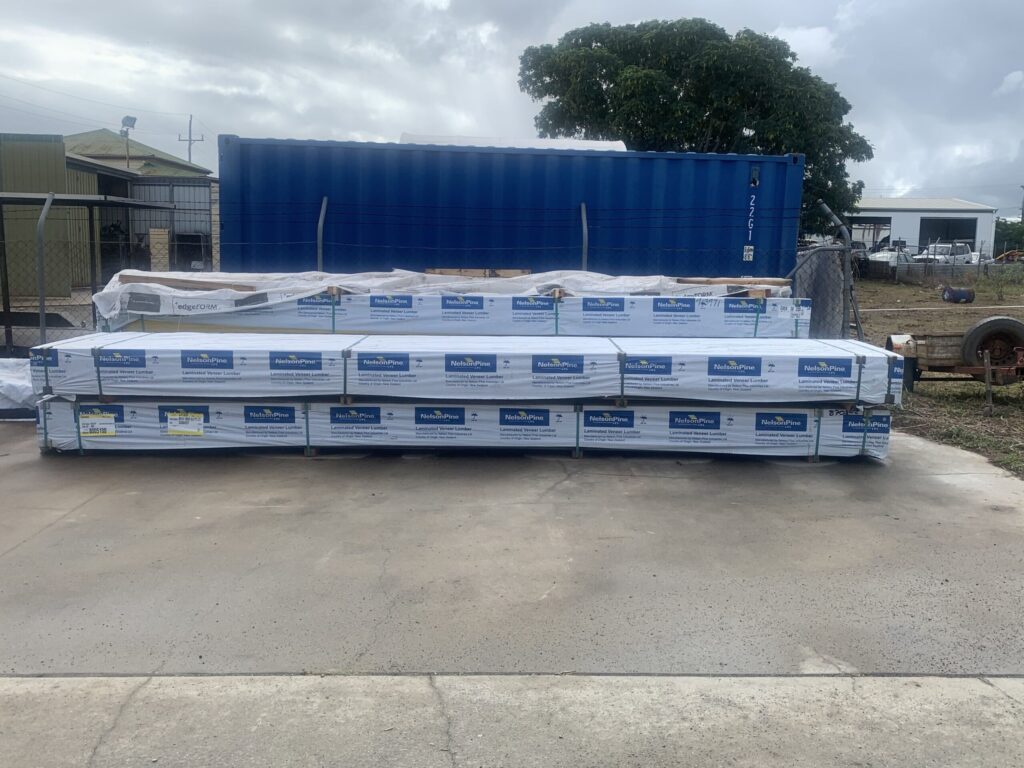
Negotiating the Best Price
Effective negotiation can make a significant difference in the overall cost of LVL formwork timber. Buyers should come prepared with market knowledge, comparable prices, and a clear idea of their budget constraints. Establishing long-term relationships with a supplier can provide leverage for better pricing and terms.
Additionally, being open to alternative products can sometimes yield savings. For instance, using off-cuts or discounted items from past orders may allow for creative solutions that still meet project specifications. It’s also worth considering bulk purchasing options, as many suppliers offer discounts for larger orders, which can significantly decrease the per-unit cost. Moreover, understanding the seasonal market fluctuations can help buyers time their purchases strategically, potentially leading to further cost reductions during off-peak seasons when demand is lower.
Future Trends in LVL Formwork Timber Prices
As the market evolves, several emerging trends could influence LVL formwork timber prices significantly. Staying ahead of these trends can inform purchasing strategies and investment decisions.
Predicted Market Changes
Experts suggest that demand for LVL will continue to rise, driven by growth in the construction sector and increasing popularity in sustainable building practices. As more builders turn to engineered wood products for their structural needs, pricing may be affected by this heightened competition among manufacturers.
Additionally, fluctuations in the global economy, including trade agreements and tariffs, could impact material costs, making it essential for stakeholders in the industry to remain informed about potential changes that might sway future pricing. The rise of green building certifications and regulations may also push builders towards using LVL, which is often viewed as a more sustainable alternative to traditional materials. This shift could further tighten supply and demand dynamics, leading to potential price increases as manufacturers strive to meet the new standards.
Technological Advancements and Their Impact on Prices
Technological advancements in industrial processes and manufacturing techniques can play a pivotal role in LVL timber prices. Innovations that improve production efficiency or enhance wood treatment methods can drive down costs while maintaining high quality.
As automation and new technologies become more integrated within the timber industry, these improvements may also lead to more sustainable practices, further appealing to environmentally conscious consumers and developers. For instance, advancements in software for inventory management and supply chain logistics can streamline operations, reducing waste and lowering overall production costs. Moreover, the development of smart materials that can adapt to environmental changes could revolutionize the way LVL is utilized in construction, potentially leading to new applications and increased demand, which would inevitably influence pricing strategies in the market.
Click here to read about lvl timber.

